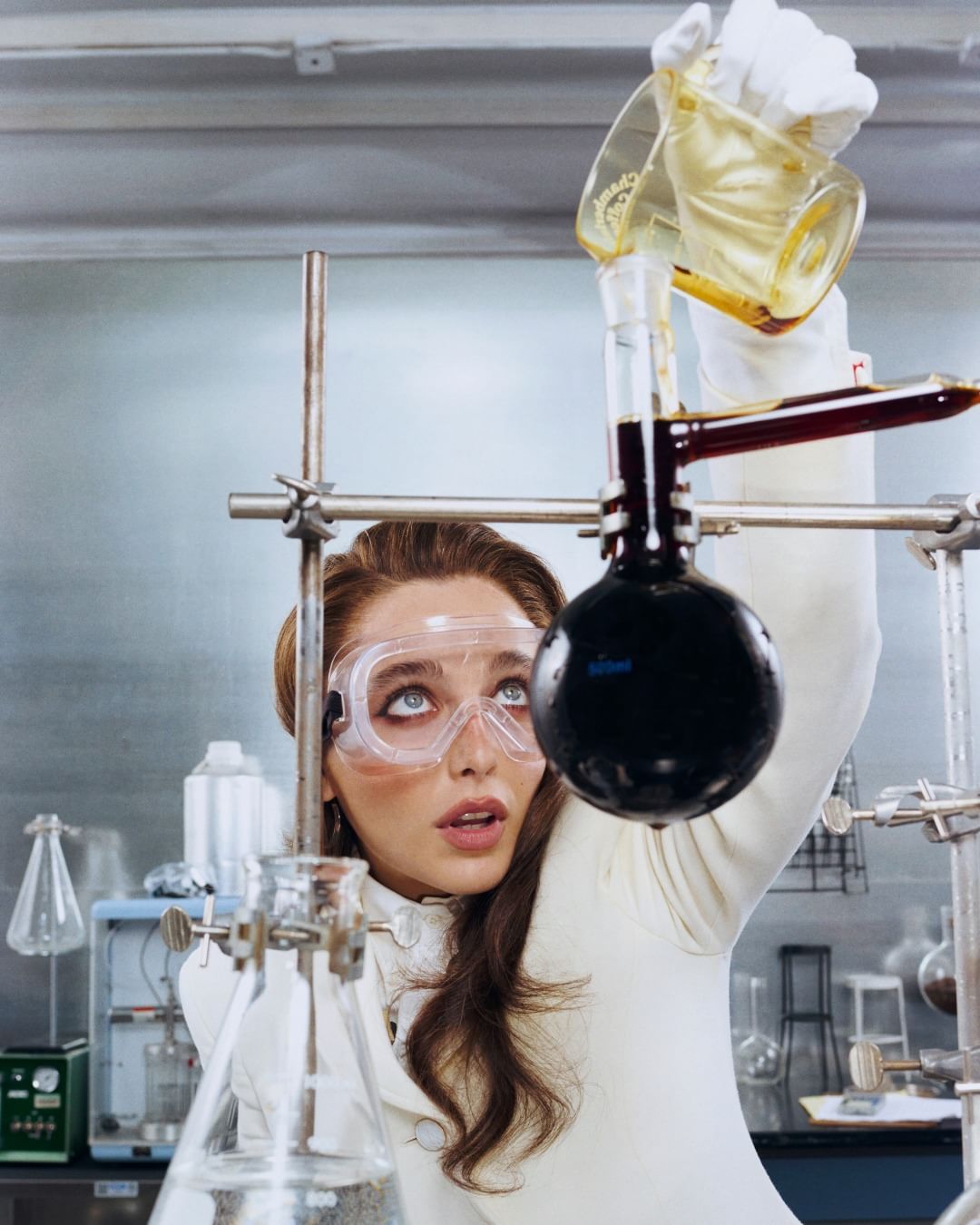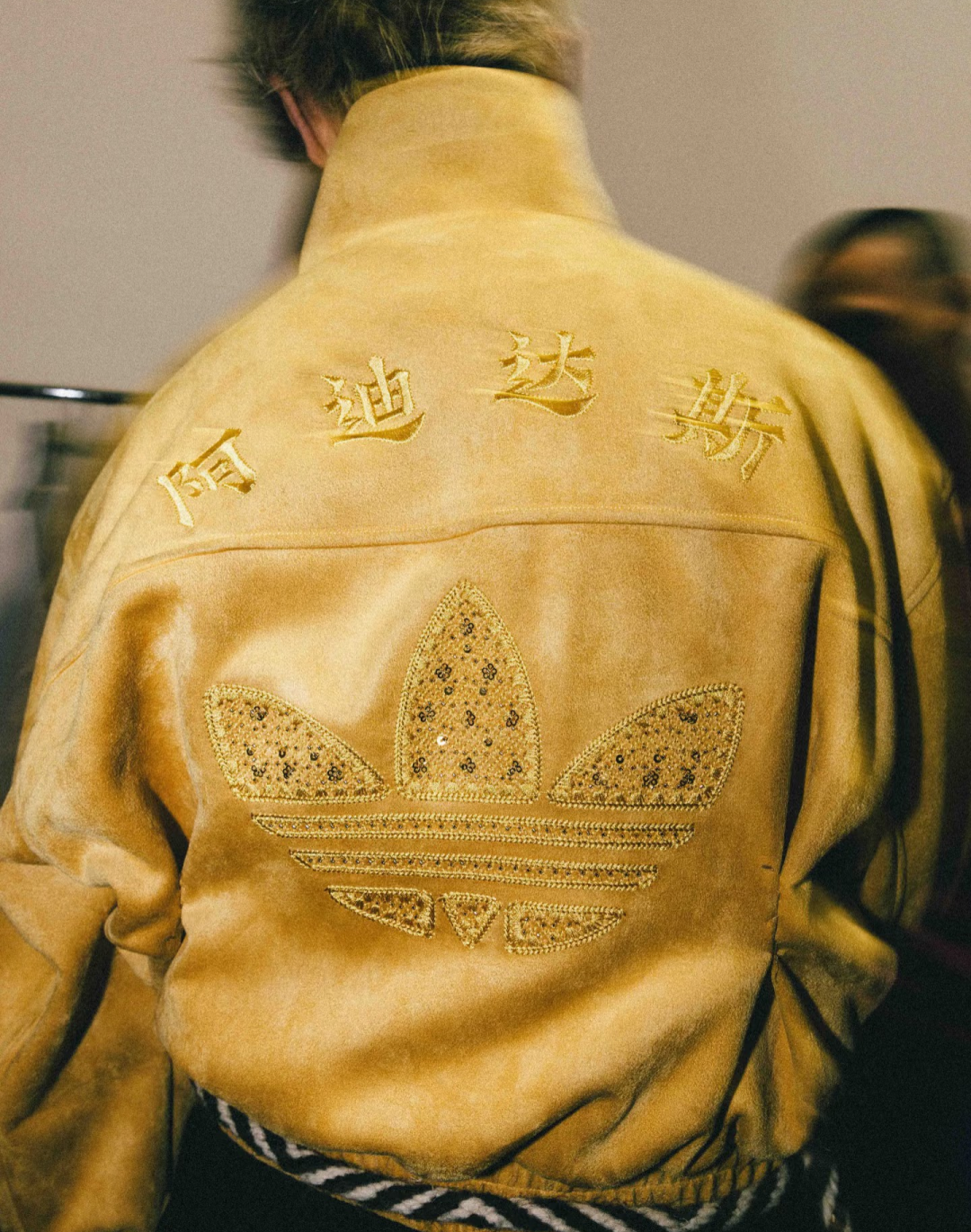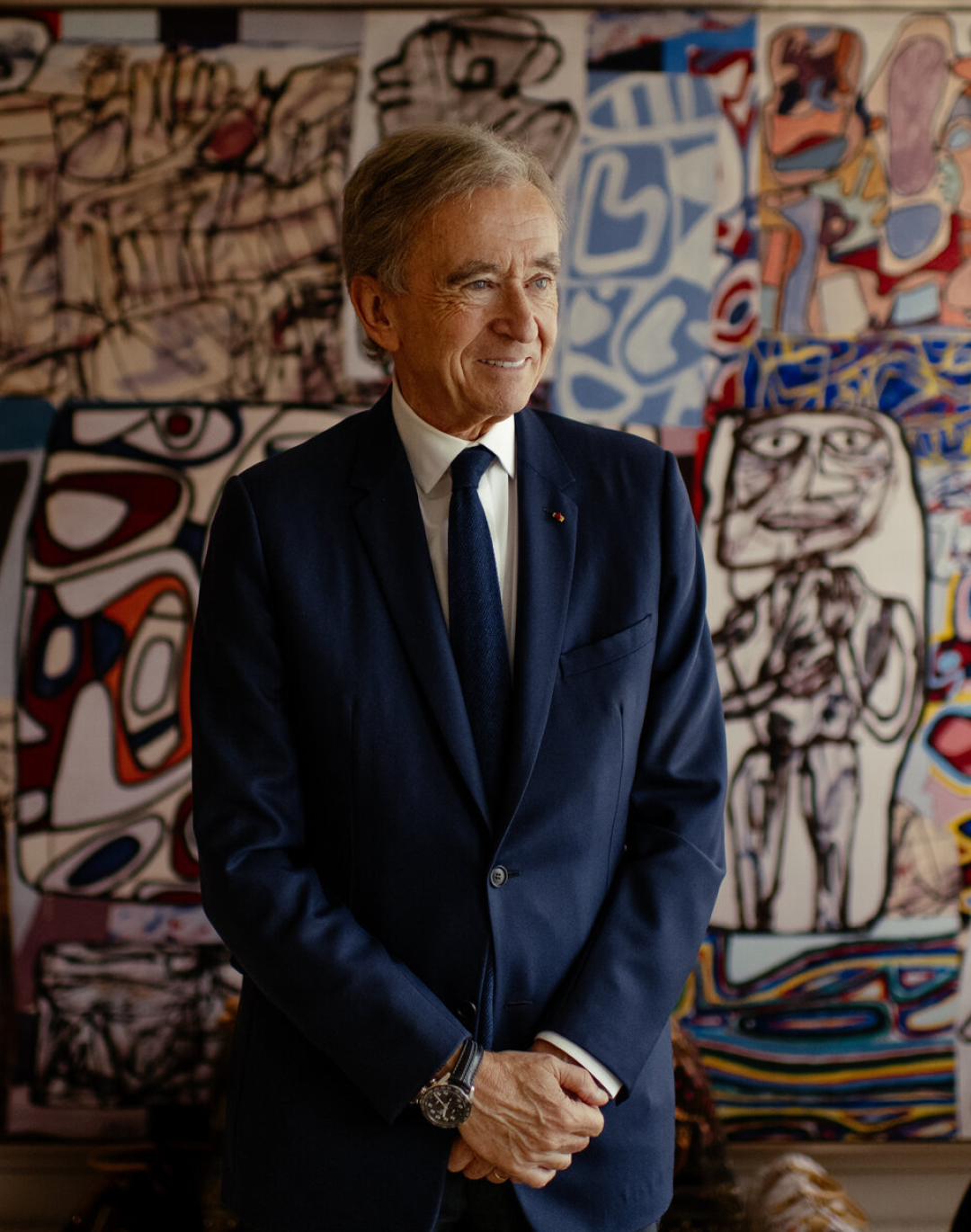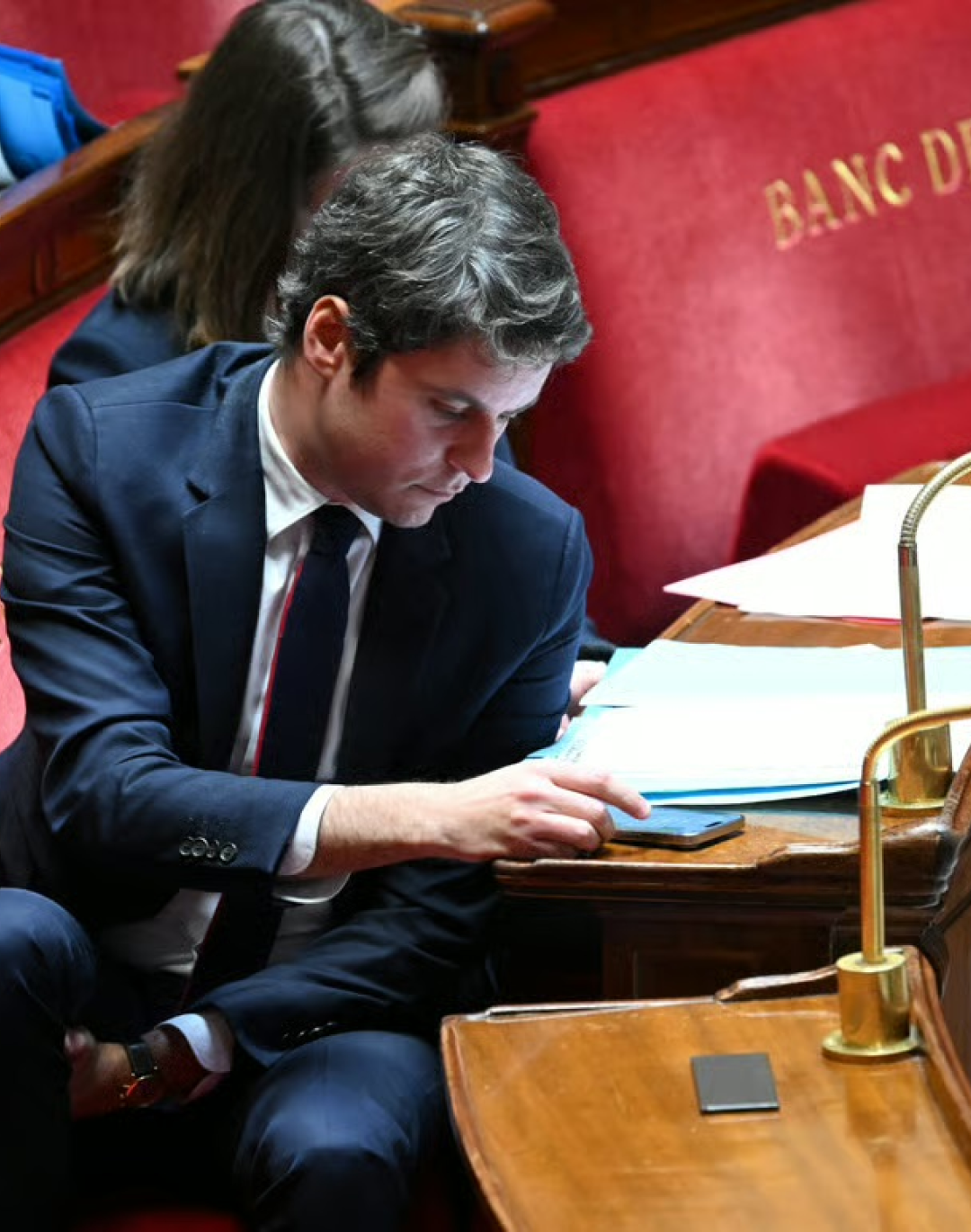
Why are American tourists disappointed by coffee in Europe? Spoiler alert: it's hard to find iced-coffee that contains more sugar than caffeine on every corner
As the «European summer» comes to an end, a new wave of vacation disillusionment sweeps across the continent. While the Paris Syndrome and Stendhal Syndrome are already well known, this year American tourists are turning to TikTok to express their dissatisfaction with a new detail: our way of making coffee. Indeed, it seems that our beloved espresso is not universally appreciated. Visitors from across the Atlantic, when they set foot in Europe, clearly expect not only to experience the cultural and historical richness of the continent but also to enjoy their favorite caffeinated drink at any time and place without feeling too out of place. However, many find themselves facing a reality very different from their expectations, far from Frappuccinos, Iced Vanilla Lattes, and other drinks that tastes more like a dessert than coffee.
The American Obsession with Iced Coffee
@itsfernandadiaz all that for 8 euros #icedcoffeeineurope #icedcoffee #europeansummer #eurosummer USAAAAAAAAAAAAAA - pmttwafm
In the United States, Iced Coffee is a staple of modern caffeine culture. According to the National Coffee Association, about 45% of Americans consume Iced Coffee regularly, particularly during the summer months. Chains like Starbucks have capitalized on this trend, with customization being key. The offerings are varied, ranging from Frappuccinos to Iced Lattes, with almond, soy, or coconut milk, served in cups that defy the laws of physics, topped with an endless range of syrups, caramel, vanilla, or even white chocolate. In Europe, however, options for iced coffee lovers are limited. Although specialty coffee spots are becoming increasingly popular, local traditions favor hot and intense drinks, such as espresso in Italy or café au lait in France. An American tourist, Jessica Martin, turned to TikTok to share her dismay, saying: «In Italy, I asked for an iced coffee and was served an espresso. I really need to adjust or go back to Starbucks!» Comments on such videos reflect a general frustration, with reactions ranging from mockery to understanding.
Culture Shock
@sarahtonen Me after this morning:
For movie / picture / action / suspense - G-axis sound music
In Europe, coffee culture is deeply ingrained in daily life. For example, in Italy, coffee is usually enjoyed standing at the counter, often within minutes. Espresso is the norm, served in a small ceramic cup. This quick and intense consumption is different from the American model, where coffee is often consumed on the go. In France, coffee is often a moment of relaxation and socialization. The French take the time to savor their coffee, sometimes with a pastry (and/or a cigarette, the famous café-clope), sitting in a café rather than drinking it while walking. It goes against the local culture where coffee is synonymous with relaxation. Café opening hours add another layer of frustration for tourists. In the United States, many cafés open as early as 6 am, catering to the needs of hurried consumers. In Europe, however, cafés often open only after 8 or 9 am. Some coffee chains, present in many major European cities, sometimes adjust their hours to attract tourists, but this remains the exception rather than the rule. In a video shared on TikTok, American Sarah Tonen expressed her astonishment on the matter: «It’s 6:45 am, I’ve just woken up and I’m ready for my caffeine fix, but it seems the café doesn’t open until 9 am!» A difference often perceived as a lack of efficiency by American visitors, who are accustomed to the speed and convenience of their coffee culture.
Adaptations and Innovations
Despite the prevalence of hot beverages, some major cities are beginning to expand their offerings to meet the growing demand from tourists. In Paris, for example, specialty coffee shops seem to be spreading rapidly, and although it has long lagged behind, the city is now filled with places to enjoy a barista coffee on-site or to go with a homemade pastry. However, these options remain relatively niche and do not yet rival the variety available in the United States. Large coffee chains are trying to adapt to tourists' preferences in Europe but often have to balance these demands with local tastes. The future of European cafés in the face of American influence is in evolution. Trends are emerging, with some European establishments adopting extended hours and offering iced coffee options to attract an international clientele. For example, in Barcelona, some cafés have extended their hours and now offer Iced Coffee while preserving the essence of Spanish culture. However, most European cafés remain true to their traditions. They continue to favor shorter hours and a focus on the social experience. The question remains whether this trend will continue or if European cafés will eventually adopt more American practices.















































